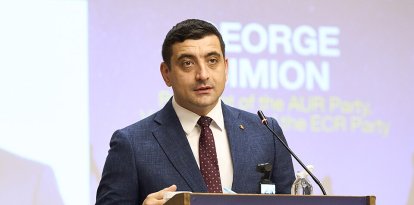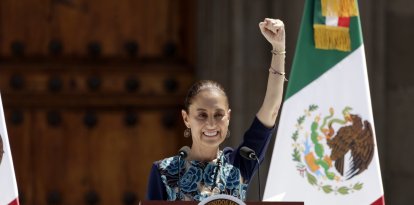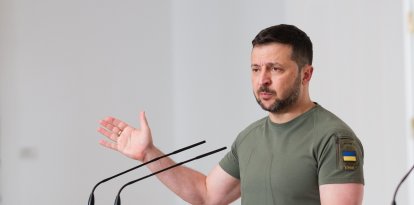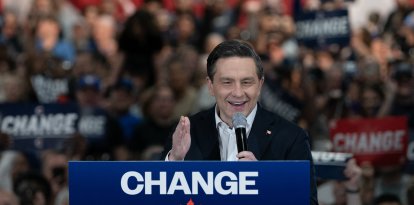Protests in Peru over Castillo's arrest results in at least 47 deaths
Peru denounces demonstrators' unwillingness to enter into dialogue and accuses them of "seeking deaths" while marches to Lima are announced.
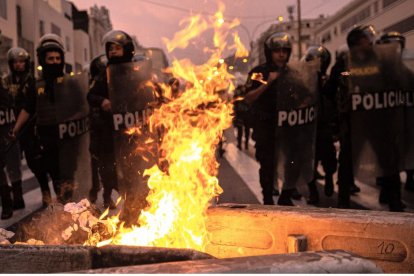
(Cordon Press).
Clashes between demonstrators in favor of and the police have already caused the death of at least 47 people in Peru, among them a member of the security forces. In addition, official figures show more than 500 civilians and 290 officers have been injured as a result of clashes and circumstances related to the protests.
On Monday, Peru experienced its bloodiest day in the last 20 years. 17 civilians and a policeman lost their lives during clashes in Juliaca, in Puno, in the south of the country. Another person died as a result of a traffic accident caused by the blockades organized by the protesters. According to Interior Minister Victor Rojas, the demonstration, which began peacefully, required the intervention of law enforcement when some 9,000 people tried to take over the local airport and several groups armed with guns and explosives began attacking the police which had been deployed to the scene.
The bloodiest day in 20 years
Several of the demonstrators accused the security forces of provoking "a massacre" by "using lethal force indiscriminately" to repress the riots, in the words of Jennie Dador, executive secretary of the National Human Rights Coordinator of Peru. From the government´s side, Rojas justified the police action, as "it became impossible to control the mob." The minister also insisted that the agents "acted within legal limits to protect their lives."
The protests have been ongoing since the authorities arrested Castillo after he attempted to dissolve Congress and prevent a motion of censure on December 7. What were intended to be peaceful demonstrations by supporters of the former president - many of them people living in extreme poverty who saw him as a savior - changed course when, numerous participants started firing stones with slingshots, blocked vital roads, burned government buildings and occupied airports, provoking altercations with the forces of law and order.
One month in State of Emergency in Peru
The new president, Dina Boluarte, vice-president in Castillo's government, decreed a State of Emergency in December, and the military occupied the streets in anticipation of the riots that had begun to occur and have continued ever since. Boluarte condemned the violence and again insisted on the call for new elections as a solution to the crisis the country has been experiencing since Castillo's dismissal and arrest. "The only thing in my hands is to bring forward elections, and we have already proposed it. During peace you can achieve anything, but in the midst of violence and chaos it is more difficult," she said.
The Peruvian Prime Minister, Alberto Otarola, decreed a curfew in the Puno region starting at 8 p.m. local time for three days. Otárola defended the actions of law enforcement and accused Castillo and his followers of being the ones really responsible for the deaths: "They are the ones responsible, not our police, not the citizens who have been terrorized by seeing how these hordes of criminals try to undermine our rights."
"Its purpose is to create chaos."
The protesters announced their intention to march to the capital, Lima, in the coming days. For its part, the executive promised new measures to ensure order, causing Peruvians to fear a new bloodbath. From the government, Rojas denounced that there is no will to negotiate among the protesters, in spite of the proposals presented. "From the executive branch we want to do things right, we want to correct our mistakes, but they have closed the door. Their purpose is to create chaos, they were looking for these deaths." he lamented.
RECOMMENDATION


